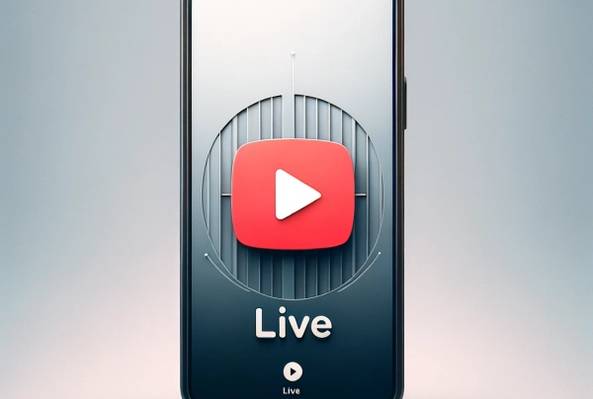Darryl is a writer with years of experience in online video software, combining technical expertise with a passion for educating audiences. When not writing, he’s tending to his farm surrounded by horses, chickens, dogs, and somehow cramming more plants into his garden than it could ever reasonably hold.
YouTube Live Stream Tips: Essential Strategies for Streaming Success in 2025
Live streaming is evolving rapidly, and creators need to be smarter and more strategic than ever to stand out. Whether you're just starting out or looking to grow your existing channel, mastering the art of live streaming requires more than just going live and hoping for the best. In this comprehensive guide, inspired by insights from live streaming expert Nutty, we'll uncover the forgotten strategies that have worked for over a decade, delve into monetization, multistreaming, vertical streaming, and much more.
This article will equip you with actionable YouTube live stream tips that will help you build a sustainable streaming career, avoid common pitfalls, and connect meaningfully with your audience. Let's dive in!
From Speedrunning to Streaming Stardom: Nutty’s Journey
Nutty has been a content creator for nearly 11 years, but his journey into serious live streaming began around 2020-2021. Initially, he was a speedrunner focused on the classic game Super Metroid, a niche community where live streaming was essential to connect with like-minded players. Interestingly, Nutty didn’t start out with the ambition to become a full-time streamer or content creator. Instead, streaming was a natural evolution, a tool necessary to engage with the speedrunning community.
What set Nutty apart early on was his focus on the production quality of his streams. Unlike many speedrunners who prioritize gameplay over presentation, Nutty loved tinkering with stream layouts, widgets, and creative elements. This passion for stream design helped him attract viewers who were impressed by the polished look and feel of his content.
Nutty’s technical expertise grew over time, leading him to create instructional content on YouTube to document his learning process. Even when his early videos had few views, they served as a personal reference to avoid forgetting complex setups and techniques. This habit of documenting and sharing knowledge eventually became a cornerstone of his success.
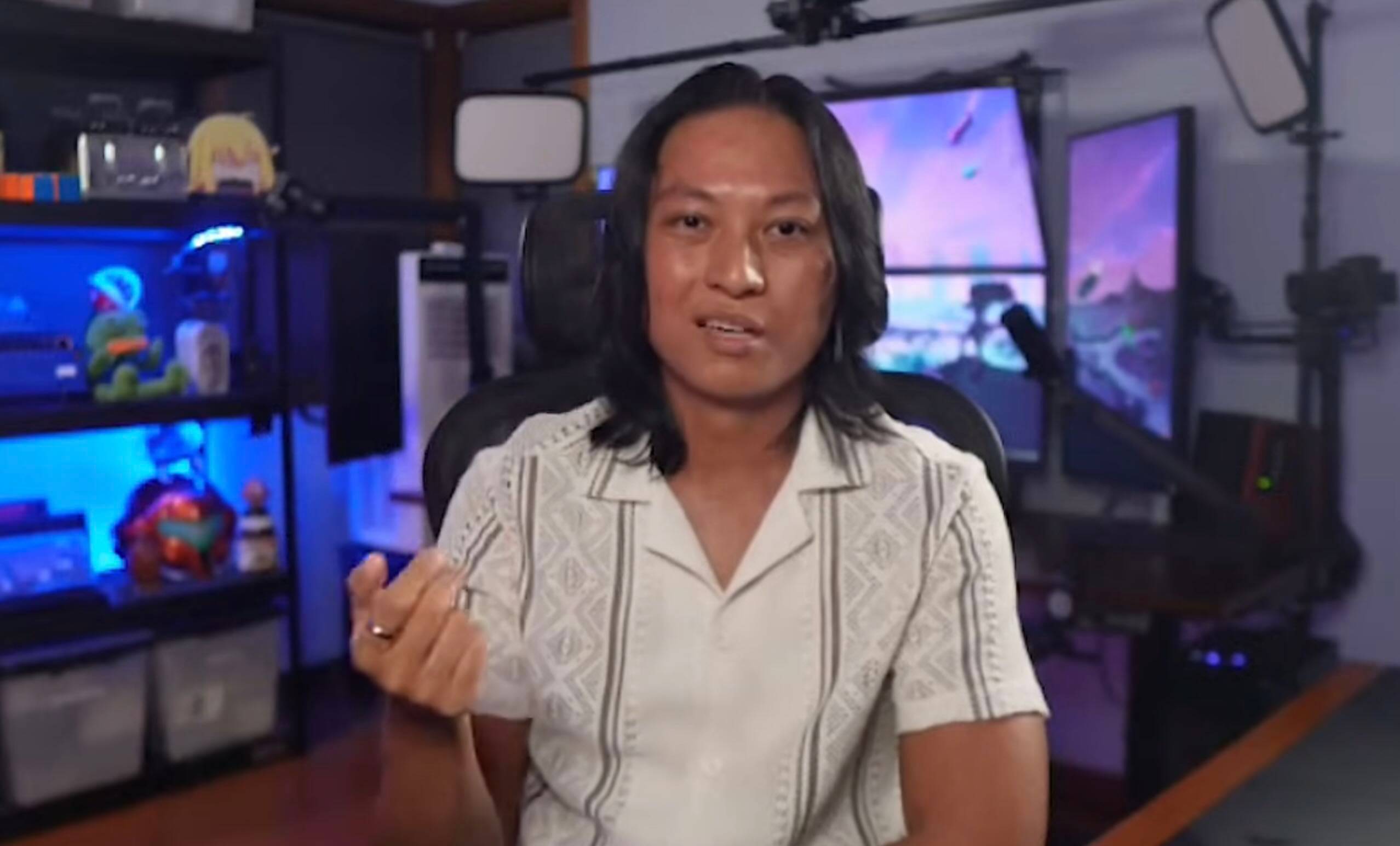
The Secret Sauce: Long-form YouTube Videos Are Still King
One of the most crucial YouTube live stream tips Nutty shares is the enduring power of long-form YouTube videos. While short-form content like clips and shorts have gained popularity, Nutty emphasizes that they cannot replace the foundational role of well-produced, 10-15 minute videos. These videos provide depth, structure, and value that clips often lack.
During the pandemic lockdowns, many people turned to live streaming and sought tutorials on how to get started. Nutty’s detailed guides, especially his comprehensive tutorial on using the complex audio tool Voicemeeter, skyrocketed in popularity. This particular video remains his most viewed, with over a million views, demonstrating the demand for clear, beginner-friendly content.
Here’s why long-form content remains so effective:
- Storytelling and structure: Longer videos allow creators to build a narrative with a clear beginning, middle, and end, which is more engaging for viewers.
- Educational value: Detailed tutorials and walkthroughs provide actionable insights that clips cannot convey.
- Discoverability: YouTube’s algorithm favors videos that keep viewers watching longer, improving reach and growth potential.
In summary, if you want to grow your live streaming audience sustainably, creating high-quality YouTube videos that complement your streams is a strategy that has stood the test of time.
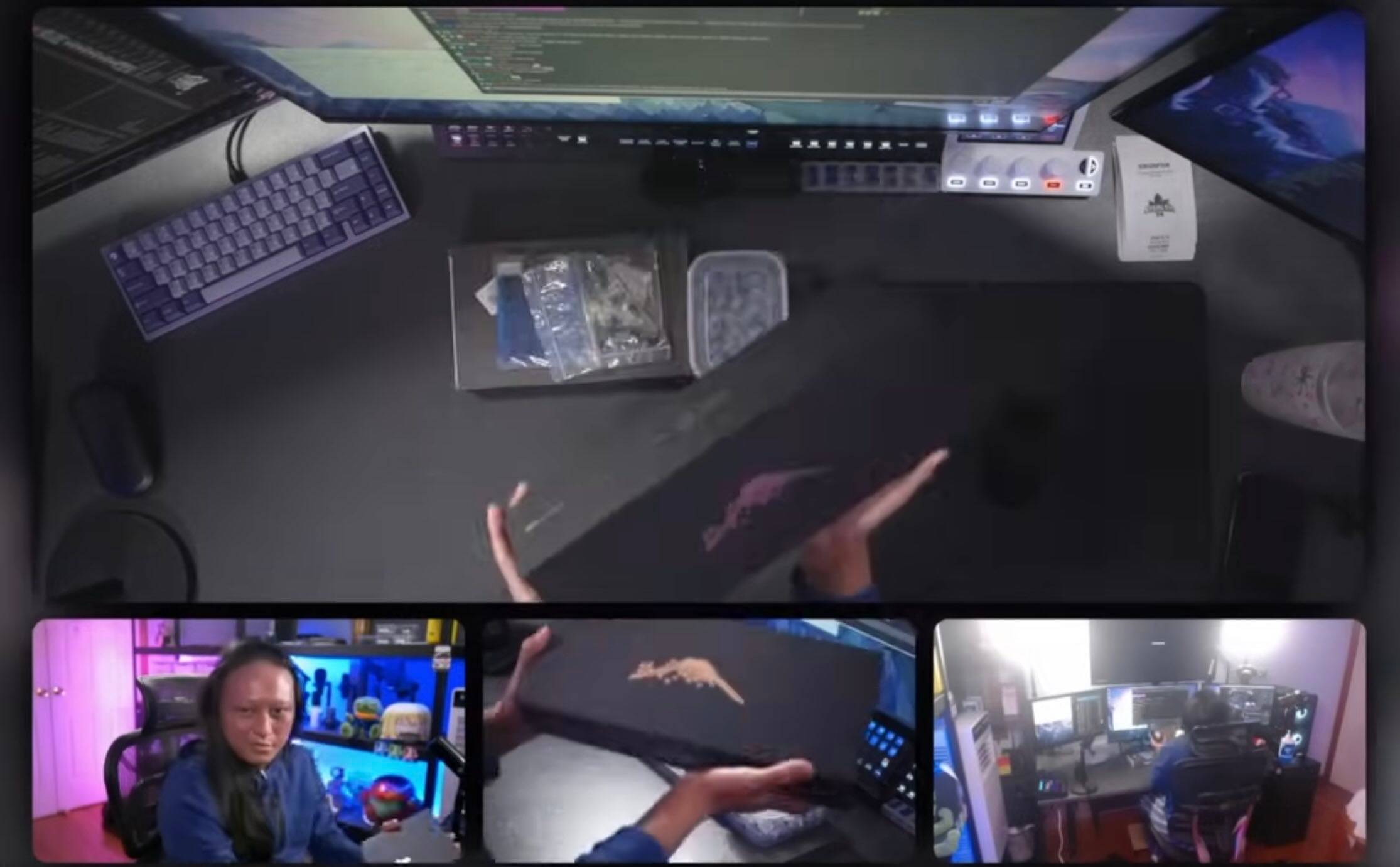
Essential Tools and Software for YouTube Live Streamers
Many new streamers worry about needing expensive or complicated gear to get started, but Nutty’s advice is refreshingly practical. Most streamers can succeed with the basics:
- A decent microphone (doesn’t have to be the best)
- A semi-decent camera
Beyond hardware, software tools can dramatically improve your stream’s quality and viewer engagement. Nutty highly recommends Streamer.bot, a powerful automation bot that can control almost every aspect of your stream. Here’s what Streamer.bot can do:
- Automate sound effects triggered by chat commands
- Allow moderators to switch scenes or pause music via chat commands
- Trigger alerts or sound effects automatically when ads run on Twitch
- Enable creative interactions like switching to a “cat cam” when viewers type specific commands
This level of automation not only enhances viewer engagement but also frees you up to focus on content rather than technical management. Nutty’s playful example of having his cat cam activated by chat commands shows how Streamer.bot can add personality and fun to your streams.
Monetization Beyond Ads and Subscriptions
Many streamers think that subscriptions and ad revenue are their main income sources, but Nutty reveals that these are actually a small fraction of his earnings. The majority of his income comes from diversified streams, especially Patreon. Here’s how Nutty monetizes effectively:
- Patreon: Offering exclusive tools and content for patrons provides a steady and reliable income.
- Freemium tools: Creating useful streaming tools available for free with paid upgrade options.
- Sponsorships: Partnering with brands that align with his audience and content.
The takeaway? Don’t rely solely on one revenue stream. Instead, build multiple income sources that complement each other and provide financial stability.
Choosing the Right Platform for Streaming
With so many platforms available, Twitch, YouTube, TikTok, Kick, and more, new streamers often feel overwhelmed. Nutty’s advice is simple and effective: stick to what works and don’t over complicate it.
His recommended strategy is to create YouTube videos that funnel viewers to your Twitch channel. He acknowledges that discoverability on Twitch is limited, but YouTube’s search and recommendation algorithms can help drive consistent traffic to your streams.
While platforms like TikTok and Kick offer unique opportunities, Nutty suggests focusing on the tried-and-true combo of YouTube and Twitch, which has built many successful careers over the years. This straightforward approach saves you from spreading yourself too thin and helps you build a loyal audience.
The Reality of Multistreaming: Benefits and Limitations
Multistreaming, broadcasting your content simultaneously on multiple platforms, has become popular, but its benefits are often overstated. Nutty shares a balanced view:
- Multistreaming helps you maintain a presence on different platforms and reach viewers where they already are.
- However, one platform will usually emerge as your primary focus where your core audience resides.
- For Nutty, Twitch remains the main platform, with YouTube serving as a secondary channel to notify viewers of live streams.
- Multistreaming can dilute the experience, especially when viewers miss out on context or interactive elements unique to one platform.
For example, Nutty mentions how vertical streaming poses challenges because certain stream elements, like his sub printer, don’t appear on vertical platforms, causing some viewers to miss out on parts of the experience. He addresses this by encouraging viewers to join his Twitch stream for the full experience.
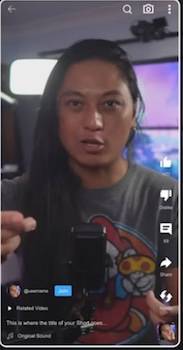
Mastering Vertical Streaming: Is It Here to Stay?
Vertical streaming, popularized by TikTok and YouTube Shorts, presents a new frontier but requires a different approach than traditional horizontal streams. Nutty’s insights include:
- Vertical streams need tailored layouts and content strategies to work effectively.
- He redesigned his vertical stream templates to position the main content (e.g., game screen or Photoshop work) where chat and interface elements don’t obscure it.
- He even created downloadable templates to help other streamers prepare their vertical streams.
- Vertical streaming is not just a passing fad but will coexist with horizontal streaming, each serving different content types and audiences.
- Content that works on TikTok (like NPC streamers) doesn’t necessarily translate well to traditional platforms, highlighting the importance of platform-specific content strategies.
If you’re considering vertical streaming, prepare to adapt your content and visuals to the unique format rather than simply repurposing horizontal streams.
Content Strategy: The Power of Storytelling and Audience Focus
Amid all the tools and platforms, Nutty emphasizes that the most critical skill for new streamers is storytelling. Being a good storyteller means crafting content that has a beginning, middle, and end, a narrative arc that keeps viewers engaged.
Here’s why storytelling is vital:
- It makes your content memorable and relatable.
- It encourages viewers to return for the next "episode."
- It differentiates you from streamers who only post random gameplay footage or highlight reels.
Nutty suggests that making YouTube videos is the best way to develop storytelling skills because it forces you to think about structure and pacing more than live streaming alone.
Another important tip is to know your audience. Before creating any content, ask yourself: Who am I making this for? Understanding your target viewer helps you tailor your videos and streams to their interests, making your content more effective and engaging.
Common Pitfalls for New Streamers
Many newcomers fall into traps that stunt their growth and cause frustration. Nutty highlights one major mistake:
"They do things because somebody that they perceive to be more successful told them that’s the right thing to do."
For example, a streamer might start making TikTok videos just because a popular YouTuber said it’s the best growth strategy, without considering if it fits their style or audience. Similarly, uploading highlight reels may feel like content creation, but these often don’t attract viewers if they lack context or excitement.
The key is to create content that you believe in and that resonates with your audience, rather than blindly following trends or checklists.
Overcoming Fear: Putting Yourself Out There
One of the biggest hurdles for many streamers is camera shyness or discomfort with speaking live. Nutty shares his personal experience:
- He was incredibly shy and initially refused to use a camera.
- He made an intentional decision to become more confident on camera, which transformed his streams.
- Within weeks, what was once uncomfortable became enjoyable, and viewer engagement increased dramatically.
For anyone afraid to share their face or voice, Nutty recommends a gradual approach:
- Create a scene in your streaming software (like OBS) where your camera is full screen.
- Force yourself to use this scene for short periods (e.g., 20 minutes) during a stream.
- Repeat regularly to build confidence and comfort.
This practice can help break down barriers and make your streams more personal and engaging.
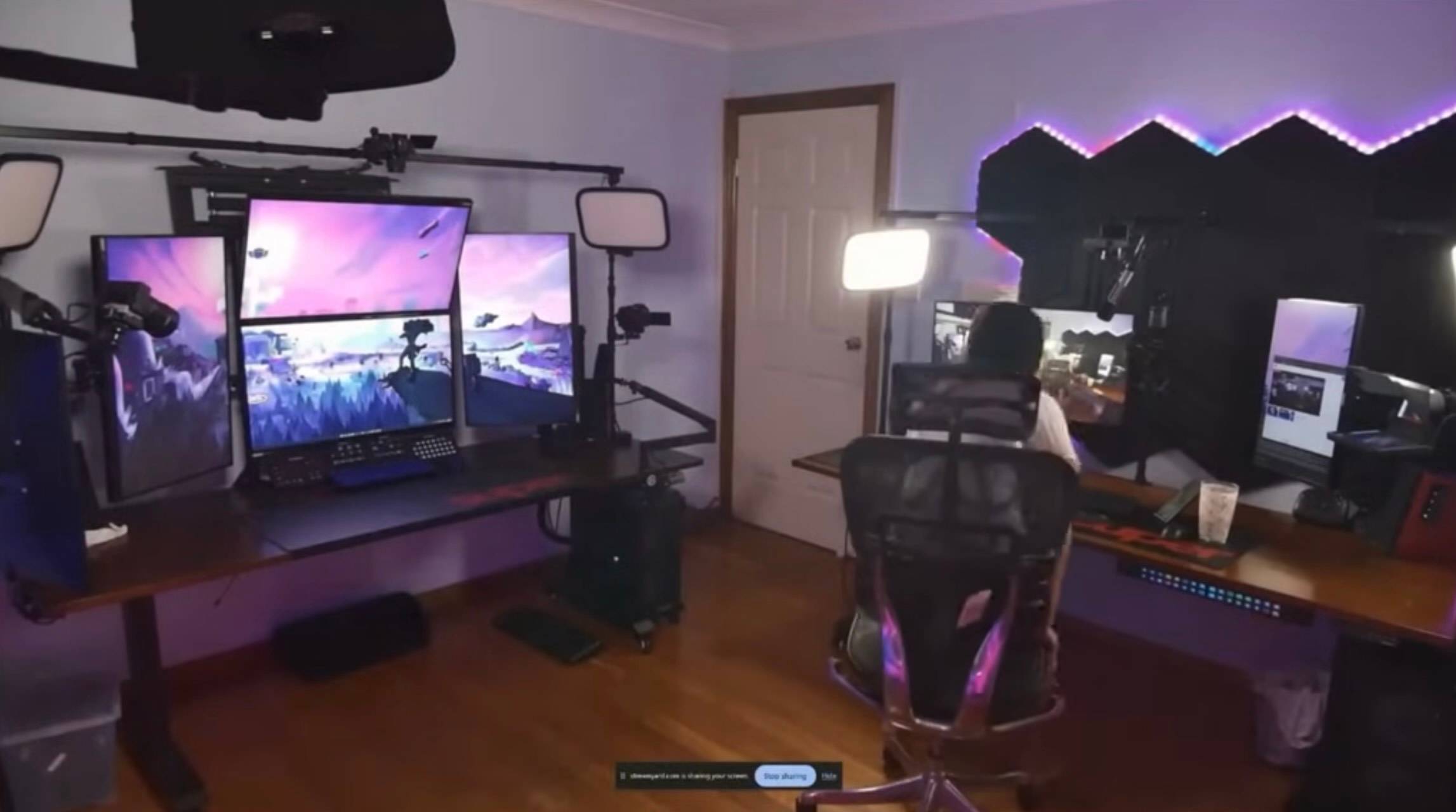
Creating an Engaging Studio Setup
A visually appealing and functional studio setup can enhance your brand and viewer experience. Nutty’s studio is a prime example of how technology and creativity come together:
- He uses a tracking camera that follows his movements, allowing dynamic shots without manual adjustment.
- Multiple preset camera positions cover different areas of his studio, including his YouTube desk and streaming desk.
- He integrates teleprompters, stream decks, and other tools to streamline production.
While not everyone needs a high-tech studio, thoughtful setup and presentation can make your streams more professional and enjoyable for viewers.
Final Thoughts: Your Roadmap to Streaming Success
Live streaming in 2025 demands a blend of creativity, strategy, and technical savvy. Here are the core YouTube live stream tips distilled from Nutty’s insights:
- Focus on YouTube videos: Use well-structured, long-form videos to build your audience and funnel viewers to your streams.
- Invest in storytelling: Craft narratives in your videos and streams to keep viewers engaged and coming back.
- Choose your platforms wisely: Prioritize Twitch and YouTube rather than spreading yourself thin across many platforms.
- Use automation tools: Tools like Streamer.bot can elevate your stream’s interactivity and professionalism.
- Diversify monetization: Explore Patreon, sponsorships, and freemium tools beyond ads and subscriptions.
- Practice camera confidence: Gradually build comfort with being on camera to enhance viewer connection.
- Adapt to new formats: Tailor your content for vertical streaming and other emerging trends thoughtfully.
- Know your audience: Create content with a clear viewer persona in mind for better resonance and growth.
By embracing these strategies and continuously learning, you can build a thriving live streaming career that stands the test of time. Remember, success doesn’t happen overnight, but with consistency and smart planning, your channel can grow and flourish in the dynamic world of live streaming.
Related Article: 6 Things to Do Before Your First YouTube Live Stream
FAQs
How can I make my live streams more engaging?
Interact with your audience through live chats, use polls, and respond to comments in real time. Having a strong plan and energy helps too.
What equipment do I need for a YouTube live stream?
A reliable camera, reliable microphone, strong internet connection, and proper lighting are essential. Advanced setups may include mixers and green screens.
Can I live stream on YouTube from my phone?
Yes, YouTube allows mobile live streaming if your channel meets the platform's eligibility requirements, like having 50+ subscribers.
How do I schedule a YouTube live stream?
Go to your YouTube Studio, click "Create," then "Go Live." Select the "Schedule for Later" option to set up your stream in advance.
What is the best time to live stream on YouTube?
The best time depends on your target audience. Analyze your audience's location and activity patterns in YouTube Analytics for insights.



